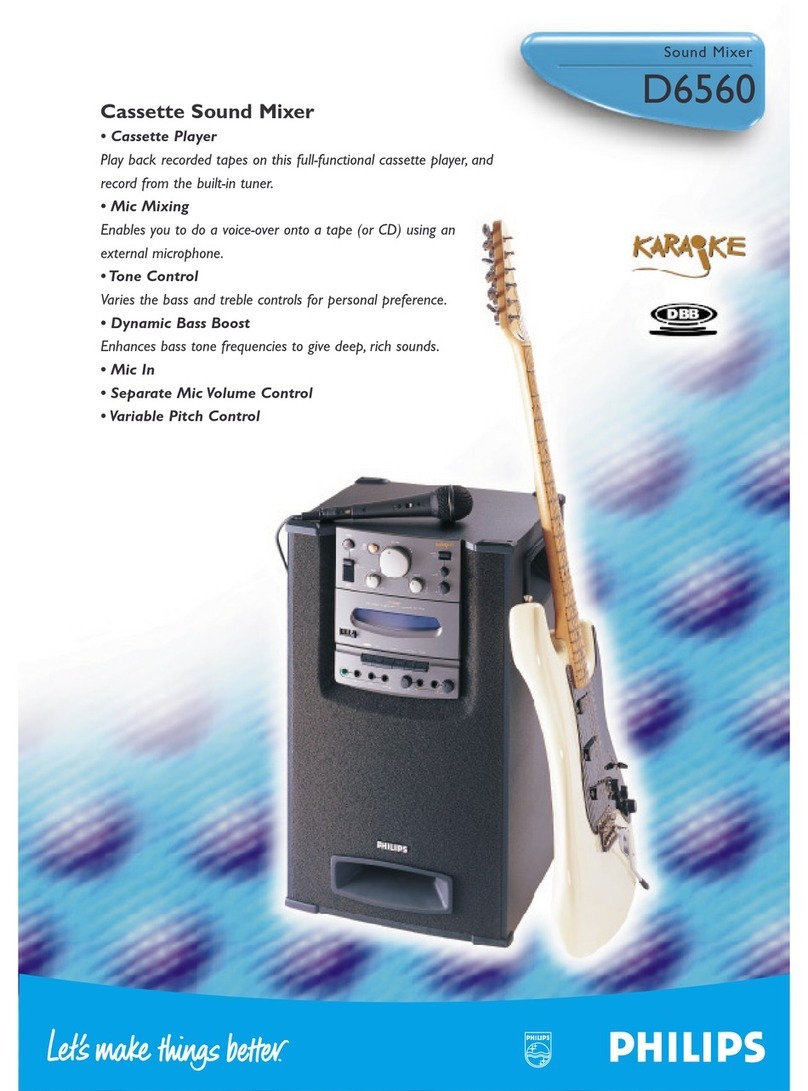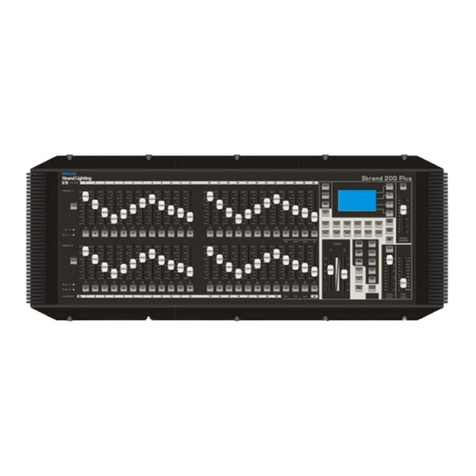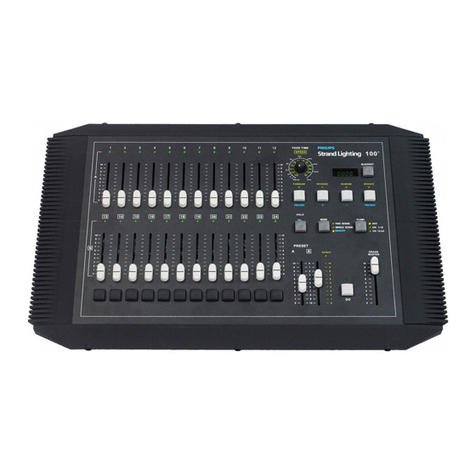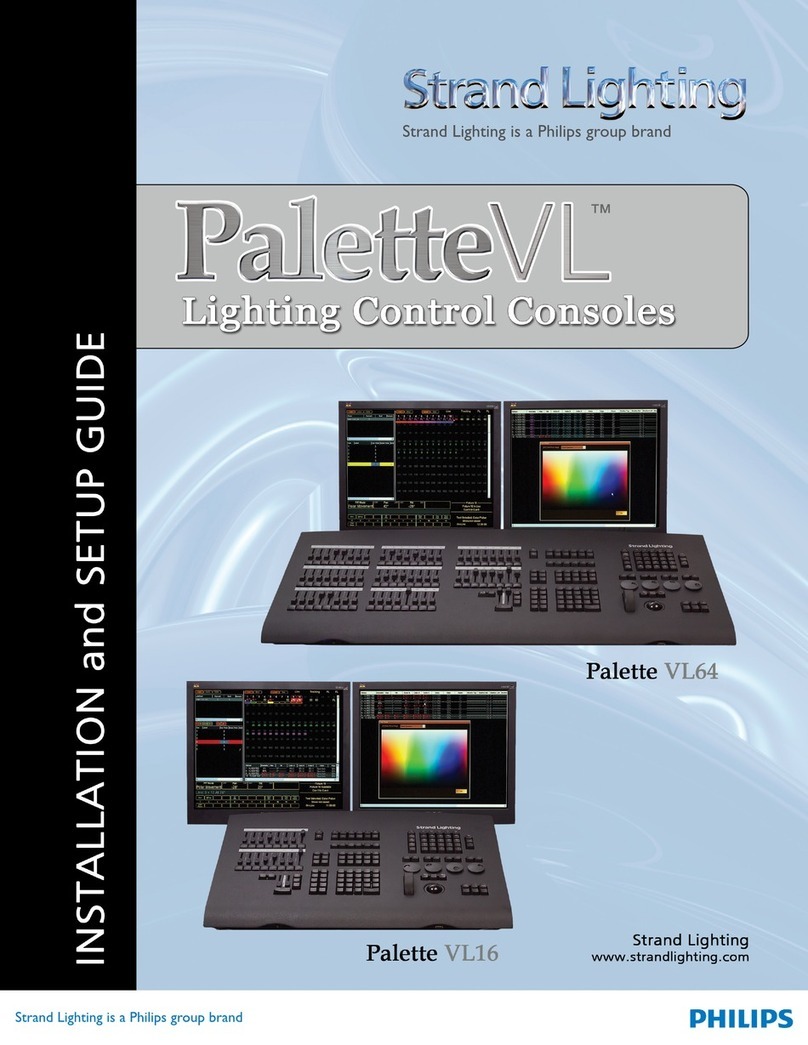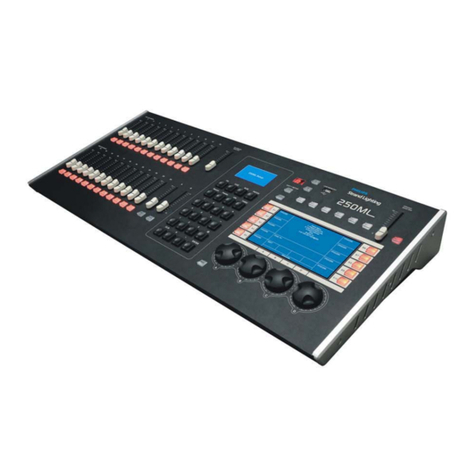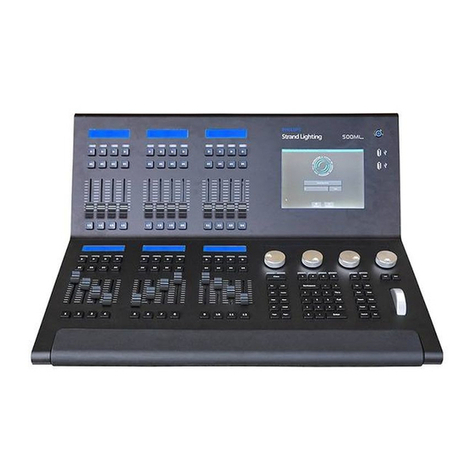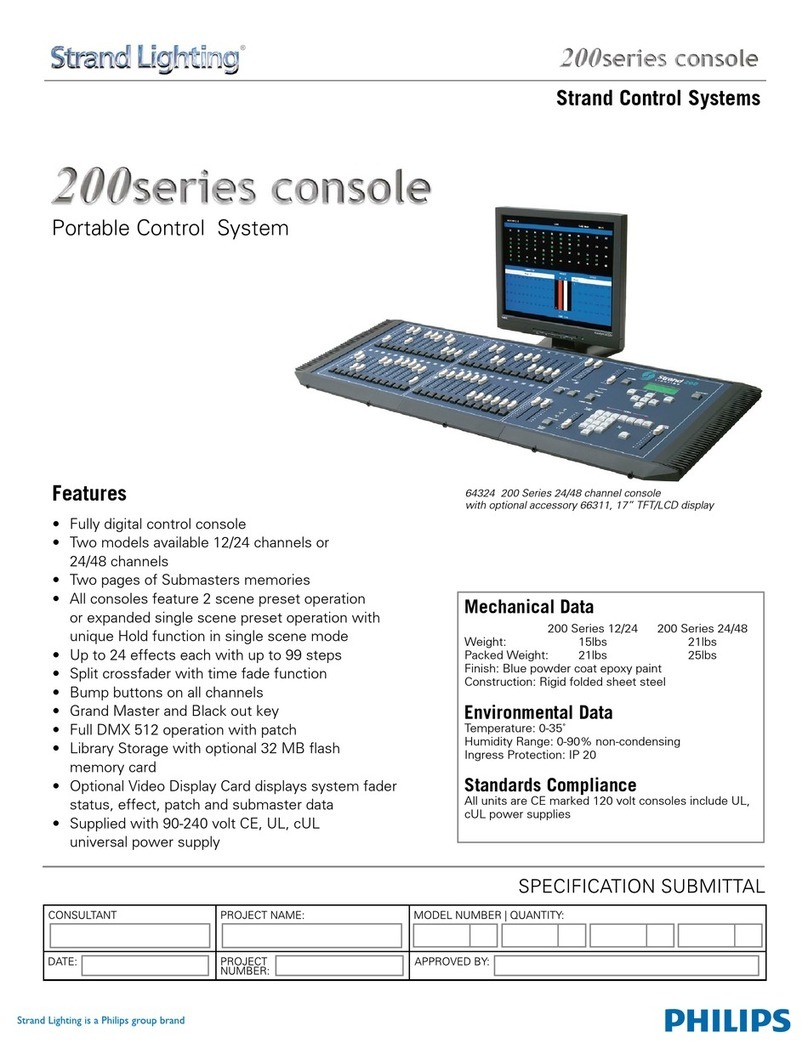i
Table of Contents
PREFACE...........................................................................................................2
1. INTRODUCTION ............................................................................................3
1.1. GENERAL ................................................................................................................... 3
1.2. FACILITIES .................................................................................................................4
1.3. HARDWARE ............................................................................................................ 11
1.3.1. General ....................................................................................................... 11
1.3.2. Braille Unit ................................................................................................... 12
1.3.3. Exchange Name Announcers ....................................................................... 12
1.3.4. Recorder ...................................................................................................... 12
1.3.5. Buzzer .......................................................................................................... 12
2. INSTALLATION ............................................................................................13
2.1. GENERAL ................................................................................................................. 13
2.1.1. Safety Requirements for Power Provision from the System ....................... 13
2.2. HARDWARE INSTALLATION OF MODEL 25-A ................................................... 13
2.3. HARDWARE INSTALLATION OF MODEL 25-S 0 AND MODEL 35 ................... 15
2.3.1. General ........................................................................................................ 15
2.3.2. S0 Bus Wall Socket Cabling/Wiring .............................................................. 17
2.4. PROJECTING MODEL 25-A IN THE ISPBX ........................................................... 18
2.5. PROJECTING MODEL 25-S0 AND MODEL 35 IN THE ISPBX ............................ 18
2.6. CHANGING THE PARAMETERS IN THE SIGNALLING GROUP ......................... 22
2.6.1. General ........................................................................................................ 22
2.6.2. Projecting the parameters ........................................................................... 22
3. STARTUP PROCEDURE AND ERROR MESSAGES ....................................28
3.1. STARTUP ................................................................................................................. 28
3.2. ERROR MESSAGES .................................................................................................. 30
3.2.1. Firmware downloading required 'yy' ........................................................... 30
3.2.2. Operator Facility not (yet) available ............................................................ 30
4. MANAGEMENT TOOLS ...............................................................................32
4.1. GENERAL ................................................................................................................. 32
4.1.1. Firmware Management Tool ....................................................................... 32
4.1.2. Data Management Tool ............................................................................... 32
4.2. CONNECTING THE PC ......................................................................................... 32
4.3. FIRMWARE MANAGEMENT .................................................................................. 33
4.4. DATA MANAGEMENT ........................................................................................... 36
4.4.1. General ........................................................................................................ 36
4.4.2. Data Management Procedure ...................................................................... 37
4.4.3. Data File Format .......................................................................................... 41
